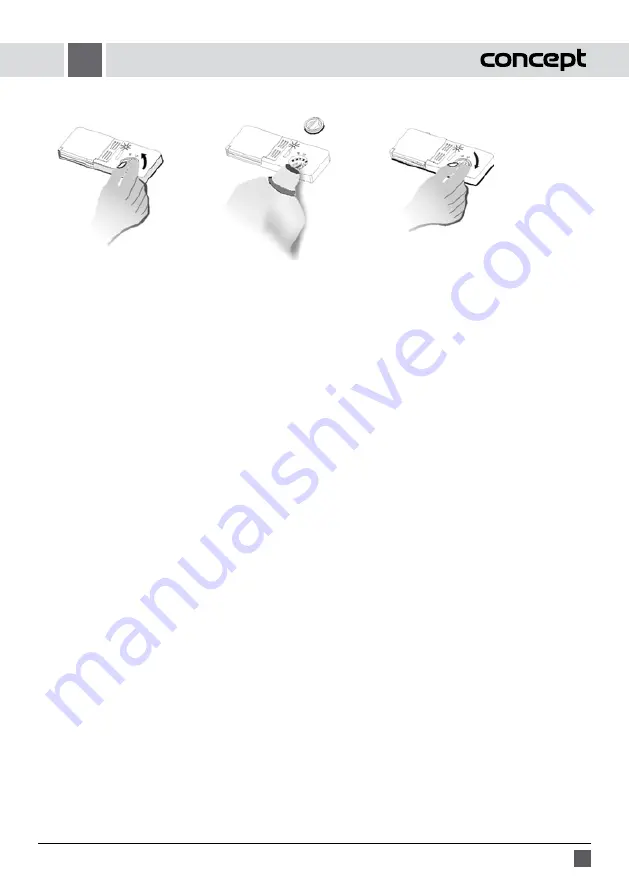
69
MNV4560
EN
If the rinse aid indicator light is displayed during the program, it is necessary to refill the rinse aid before
starting the next dishwashing program! The volume of the rinse aid can also be checked visually. If the window
next to the rinse aid container door is black, the rinse aid container is sufficiently filled. If the window is light,
the container is empty.
Rinse aid dosage set-up
The rinse aid dosage can be set from 1 to 6. Set the rinse aid dosage to 2 before the first use.
If water marks remain on dishes, add the rinse aid.
If a sticky film remains on dishes, reduce the rinse aid amount.
1. Open the appliance door.
2. Open the container closing (Figure 3).
3. Increase/reduce the rinse aid dosage.
4. Close the container and fasten the closing gently (Figure 5).
If you only use the dishwashing detergent mixed with the rinse aid, leave the rinse aid container empty, or
reduce the dosage to the minimum.
Dishwashing detergent use
Dishwashing detergents can be grouped by their form as follows:
a) Loose (powder),
b) Liquid,
c) Tablets,
d) Combined (e.g. 3-in-1 tablets).
They can be divided into two groups by their chemical composition:
a) Alkaline,
b) With natural enzymes.
They can further be grouped as follows:
a) Phosphate and chlorine,
b) Phosphate and chlorine-free,
c) Phosphate-free and chlorine-free.
When using phosphate-free agents in hard water, white sediment may appear on dishes and internal walls. This can be
prevented by higher amounts of the dishwashing detergent.
Fig. 3
Fig. 4
Fig. 5
















































